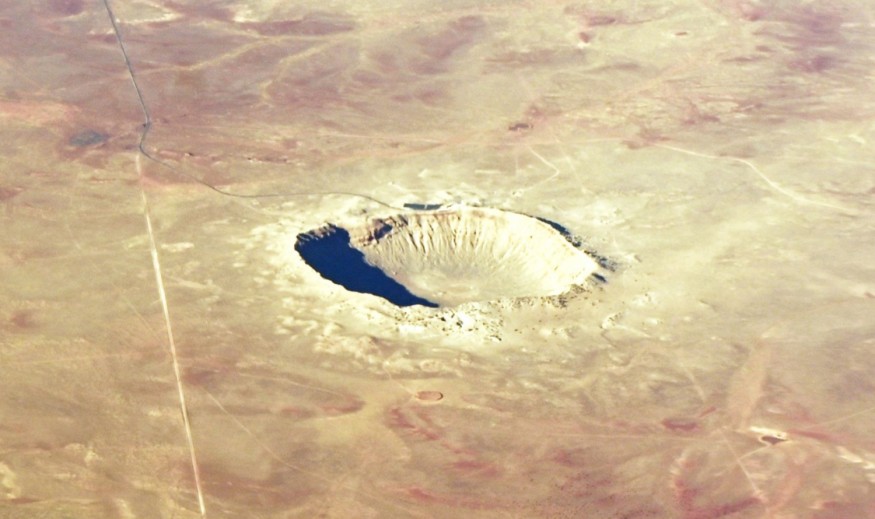
According to a recent study, Australia's Deniliquin region may be home to a gigantic meteor crater measuring 520 kilometers in diameter. This is bigger than the greatest impact crater in the world right now, the Vredefort crater.
Andrew Glikson and his colleague Tony Yeates claimed to have discovered the largest known impact structure in the world beneath Deniliquin in southern New South Wales, Australia.
Deniliquin structure, a Crater under Australia 320 miles in diameter?! https://t.co/4nxZJikHnc
— Farshid Ketabchi (@farshidk) August 12, 2023
The researchers claimed that the structure is over 200 kilometers wider than the current recognized largest impact structure found in Vredefort, South Africa.
Meteor Craters
Because of erosion, sediment burial, and subduction, the history of asteroid bombardment on Earth is still mostly unknown.
Asteroid impacts produce raised core craters that resemble water drops from a pebble pool.
Identification is made more difficult by the domes' centuries-long erosion. Tectonic subduction and sediment burial make structures even more difficult to see.
However, recent geophysical discoveries reveal significant impact signatures, casting doubt on the concept of Earth's evolution. This trend is furthered by the discovery of impact "ejecta," or expelled materials.
The tail end of the Late Heavy Bombardment of the Earth is suggested by the earliest ejecta strata in global sediments. There is evidence of severe asteroid impacts on Earth and other planets up until 3.2 billion years ago, followed by infrequent events.
The Deniliquin Crater
38 proven and 43 possible impact structures have been found on Australia and its forerunner Gondwana as a result of several asteroid collisions.
Due to elastic rebound in the crust, large asteroid impacts result in a central dome.
Over time, these domes crumble or bury, conserving impact relics like those in Vredefort and Chicxulub that are associated with the demise of dinosaurs.
Tony Yeates postulated magnetic patterns as a subsurface impact structure between 1995 and 2000 in the Murray Basin of New South Wales.
The Deniliquin structure, a 520 kilometer-diameter structure with a seismic dome at its center, was confirmed by updated geophysical data from 2015 to 2020.
The high-temperature impact pressures cause symmetrical crustal rippling to occur around the core, which is an expected impact characteristic.
The core low magnetic zone is slightly shallower than the local mantle at a depth of 30 kilometers above it.
The Vredefort and Sudbury structures include "radial faults" as well as igneous anomalies similar to dikes, which are indicative of significant impacts.
Currently, geophysical data collected from the surface is the main source of supporting evidence for the Deniliquin impact. The only way to obtain physical confirmation of the shock in demonstrating the impact is by drilling deeply into the structure.
Late Ordovician Mass Extinction Event
Before Gondwana broke up into distinct continents, including Australia, the Deniliquin structure probably existed on its eastern margin.
The Hirnantian glacier stage, which is a part of the Ordovician-Silurian extinction event, may have begun as a result of this collision, which may have occurred at the same time as the Late Ordovician mass extinction event (around 445.2-443.8 million years ago).
This incident had a much greater impact than the end of the dinosaur era, resulting in an 85% species loss.
The building may have existed as far back as the early Cambrian, or 514 million years ago.
Future phases will require deep drilling into the magnetic core to collect samples, followed by material dating to determine the object's age.
It is hoped that additional research on the Deniliquin impact structure would reveal fresh details about early Paleozoic Earth.
Related Article : Mega Tsunami from Mass Extinction Asteroid 66 Million Years Ago Shown in Simulation by Experts
© 2025 NatureWorldNews.com All rights reserved. Do not reproduce without permission.





